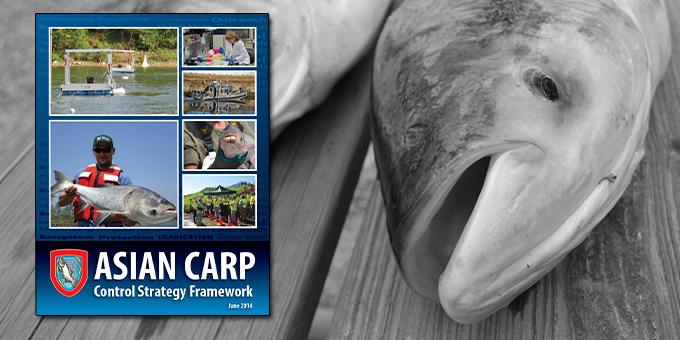
Asian Carp Regional Coordinating Committee Releases 2014 Asian Carp Control Strategy Framework
The Asian Carp Regional Coordinating Committee today announced a coordinated strategy to protect the Great Lakes from silver and bighead carp, building on previous Obama Administration efforts to prevent self-sustaining populations from becoming established in the Great Lakes.
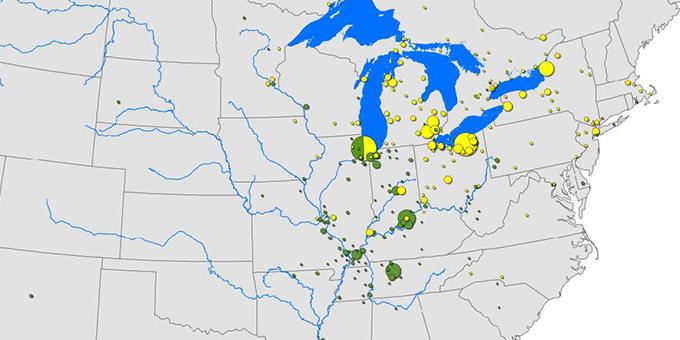
Summary of Public Comments on Great Lakes and Mississippi River Interbasin Study Released
The U.S. Army Corps of Engineers posted a summary May 5, 2014, of comments submitted and recorded for administrative record during the public comment period for the Mississippi River Interbasin Study (GLMRIS) Report.
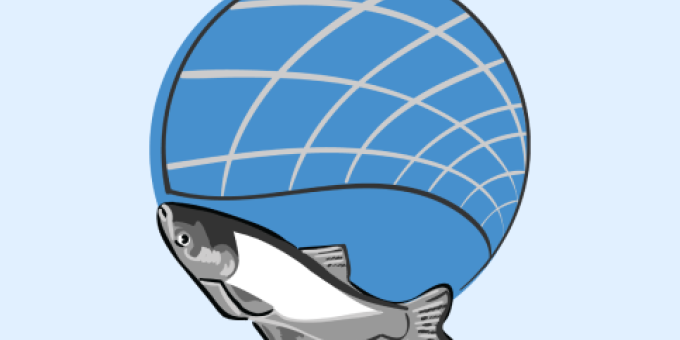
Québec Joins Asian Carp Regional Coordinating Committee
The Asian Carp Regional Coordinating Committee announced today that the Government of Québec has joined the effort to ensure comprehensive action to protect the Great Lakes from invasive Asian carp.
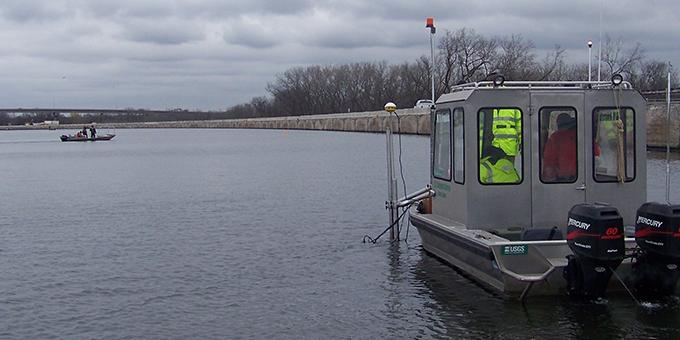
Report Released Documenting the 2009 and 2010 Large-Scale Rotenone Applications in the Chicago Area Waterway System
Two large-scale and complex applications of rotenone in the Chicago Area Waterway System in 2009 and 2010 to combat invasive Asian carp are documented in this report.
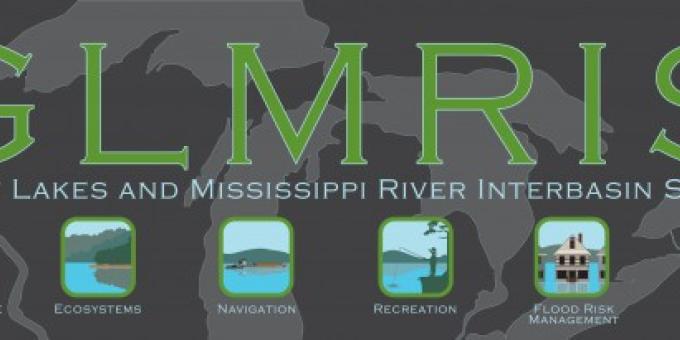
Report submitted to Congress with alternatives to prevent Asian carp and other species’ transfer between the Great Lakes and Mississippi River basins
The U.S. Army Corps of Engineers submitted to Congress the Great Lakes and Mississippi River Interbasin Study Report on Jan. 6, 2014.
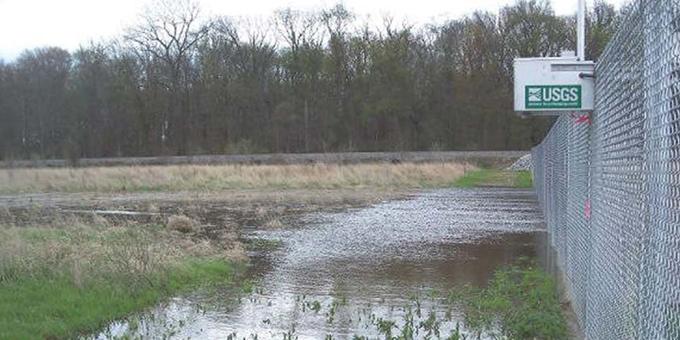
Corps of Engineers releases updated report on prevention controls at Eagle Marsh for aquatic nuisance species transfer
The U.S. Army Corps of Engineers released the updated Eagle Marsh Aquatic Nuisance Species Controls Report, which identifies options and technologies to prevent the transfer via water of Asian carp and other Aquatic Nuisance Species between the Great Lakes and Mississippi River basins at Eagle Marsh wetlands preserve, located in Fort Wayne, Indiana.

U.S. Fish and Wildlife Service New Leader in eDNA Science for the Early Detection of Asian Carp
The Midwest Region of the U.S. Fish and Wildlife Service announced this week that it has assumed environmental DNA sample processing responsibilities for the Chicago Area Waterway System for the early detection of Asian carp.
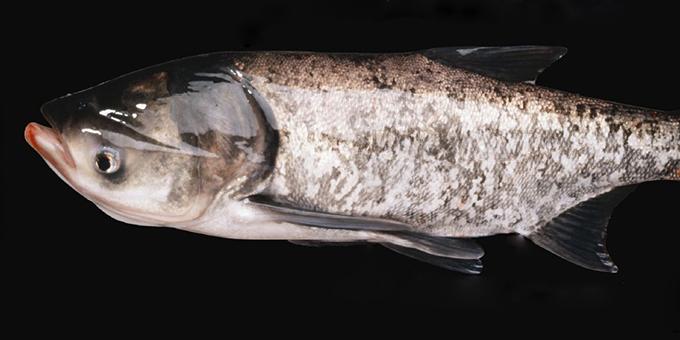
New York Announces Changes to Bighead Carp Regulations to Protect Great Lakes
The New York State Department of Environmental Conservation today announced that changes pertaining to the regulations governing the import, transport, possession and sale of bighead carp are now in effect.
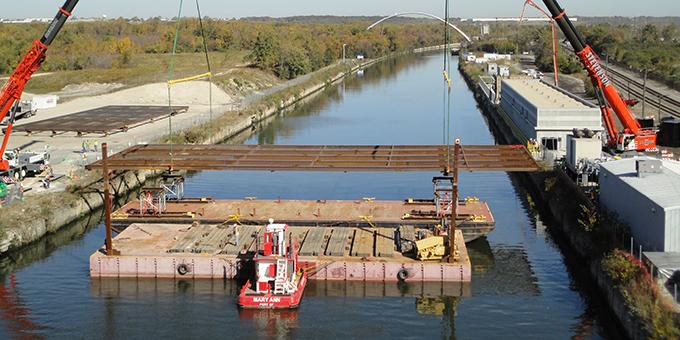
Corps awards contract for work on new electric barrier
The U.S. Army Corps of Engineers, Chicago District awarded a contract in the amount of $2.8 million July 31, 2013, to E.P. Doyle & Son LLC for construction of water structures as part of a new electric barrier in the Chicago Sanitary and Ship Canal in Romeoville, Ill.